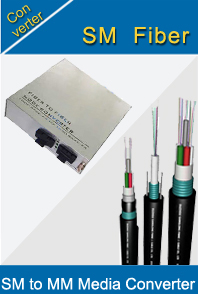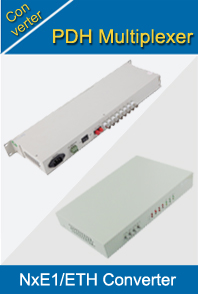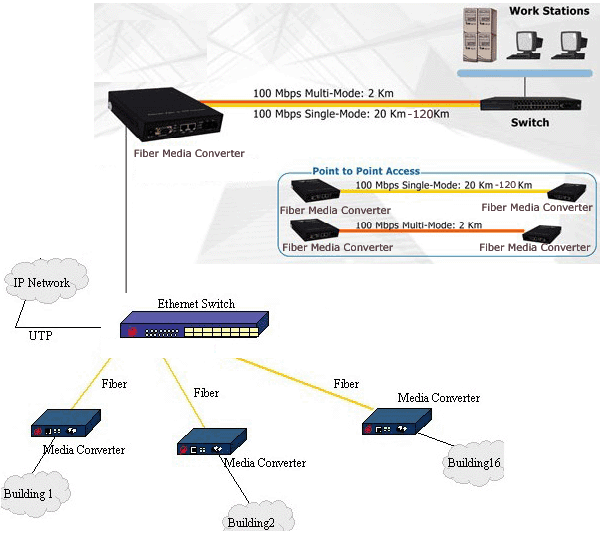-

- Sopto Home
-

- Special Topic
-

- Converter Knowledge
-

- What is the Difference between an E1 and 2048 kHz Signal?
Converter Knowledge
- Form Factors and Application of Ethernet Media Converter
- Ethernet over 4 E1 Converter Brief Introduction
- What is the Difference between RS232 and RS485 Serial Interfaces
- What is the Difference between RS232 and RS485 Serial Interfaces
- How to Convert an Analog Telephone to VoIP Protocol?
- How to Find the Internet Protocol Address and Media Access Contr
- How to Convert from Fast Ethernet to Fiber Optics?
- How to Connect a Fiber Converter?
- How to Convert Ethernet to Fiber Media Converters?
SOPTO Special Topic
Certificate



Guarantee
Except products belongs to Bargain Shop section, all products are warranted by SOPTO only to purchasers for resale or for use in business or original equipment manufacturer, against defects in workmanship or materials under normal use (consumables, normal tear and wear excluded) for one year after date of purchase from SOPTO, unless otherwise stated...
Return Policies
Defective products will be accepted for exchange, at our discretion, within 14 days from receipt. Buyer might be requested to return the defective products to SOPTO for verification or authorized service location, as SOPTO designated, shipping costs prepaid. .....
Applications
An Ethernet to Fiber Media Converter can also be used where there is high level of electromagnetic interference or EMI which is a common phenomenon found in industrial plants. This interference can cause corruption of data over copper-based ethernet links. Data transmitted over fiber optic cable however is completely immune to this type of noise. An Ethernet to Fiber Optic Converter therefore enables you to inter-connect your copper-ethernet devices over fiber ensuring optimal data transmission across the plant floor.
SOPTO Products
- Fiber Optic Transceiver Module
- High Speed Cable
- Fiber Optical Cable
- Fiber Optical Patch Cords
- Splitter CWDM DWDM
- PON Solution
- FTTH Box ODF Closure
- PCI-E Network Card
- Network Cables
- Fiber Optical Adapter
- Fiber Optical Attenuator
- Fiber Media Converter
- PDH Multiplexers
- Protocol Converter
- Digital Video Multiplexer
- Fiber Optical Tools
- Compatible
Related Products
Performance Feature
Converter Knowledge
Recommended


What is the Difference between an E1 and 2048 kHz Signal?
The primary differences between an E1 (output) signal and a 2048 kHz (output) signal are the format and electrical characteristics.
E1 is a bit stream (1s and 0s) that has a framing pattern associated with it so that the bit-stream can be broken down into frames and octets within the frames correspond to channels, and so forth. Electrically, as it appears on the cable pair, an E1 signal comprises bipolar (i.e. +ve and -ve voltage polarity) pulses that are "return-to-zero".
Generally speaking the presence of a pulse, of either polarity is considered a binary "1" and absence of a pluse interpreted as a binary "0". Also, the polarity of pulses used for sending a binary "1"s alternate as in Alternate Mark Inversion (AMI). However, if there is a (long) string of binary "0"s, there will be "silence" (lack of pulses) which in turn will affect clock recovery.
E1 to V.35 or V.24 Protocol Converter
To avoid this situation E1 uses a scheme called HDB3 in order to suppress the occurence of more than 2 absent pulses (which could occur if there were 3 three or more "0"s in the binary information bit-stream) whereby pulses are inserted for binary "0" data and a bipolar-rule-violation method used to identify where this substitution has taken place.
Since it can carry actual information, an E1 stream can, if necessary, carry sync status messages (SSM). In an E1 input module special circuitry is required to extract the underlying clock signal from this bipolar voltage signal.
A 2048 kHz output signal is just that. It comprises a square wave of nominally 50% duty cycle and in most implementations a zero dc bias. There is no binary (data) information transferred, just the clock waveform. The notion of clock extraction does not arise since the waveform is the clock signal itself.
Sopto offers an extensive choice of full-featured E1 Protocol Converters, like E1 to N x ETH Converter, V.35 to ETH Converter and so on. For the newest quotes, please contact a Sopto representative by calling 86-755-36946668, or by sending an email to info@sopto.com. For more info, please browse our website.





.jpg)